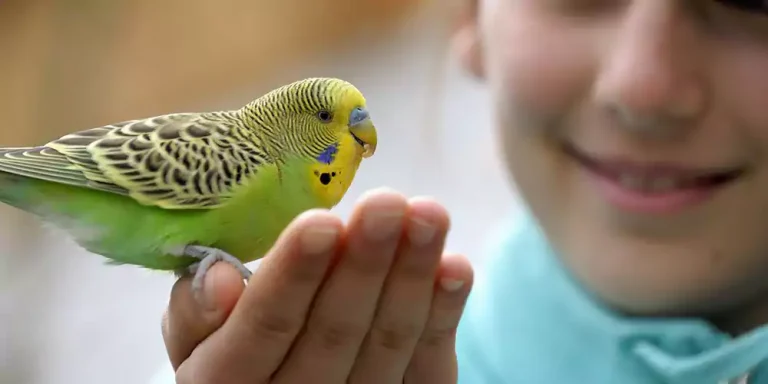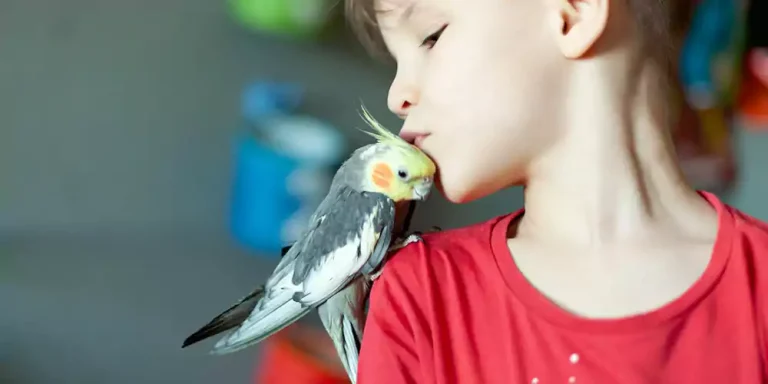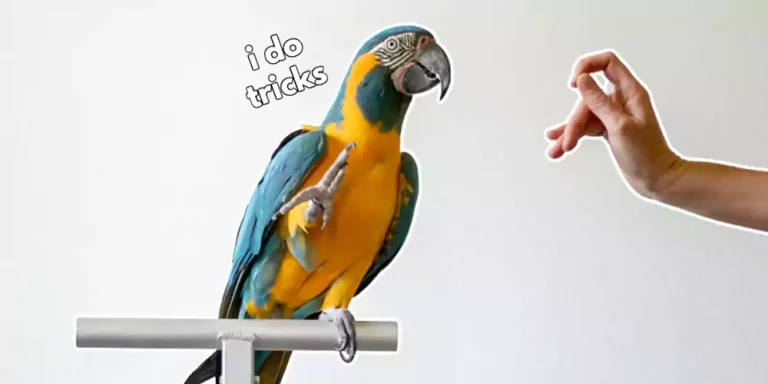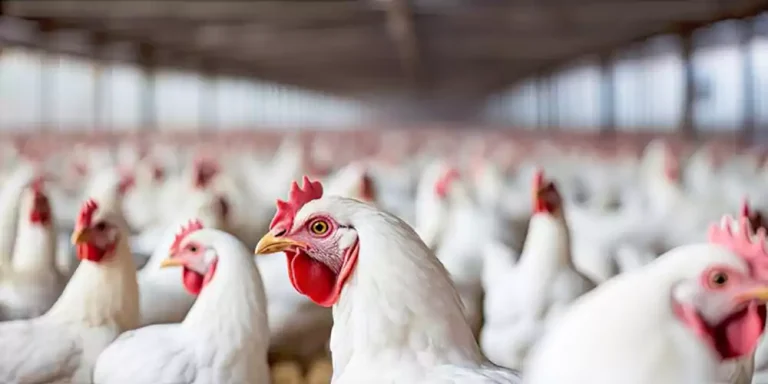How to Take Care of Birds in Summer

Are you enjoying your summer while relaxing in the comfort of your air conditioning or dipping in the pool? As much as you enjoy the season, have you considered how your feathered friends handle the heat? The scorching summer days can leave birds feeling extra hot and uncomfortable.
This is Danial, and today we discuss summer and its consciousness on birds. But don’t worry; there are some easy and effective ways to take care of birds in summer. Let’s fly!
Providing Extra Water
One of the best ways to help birds in summer is by providing them with additional water for drinking and washing. You can add several bird baths to your yard, including ground-level bowls, platform showers, and hanging waterers. This will offer different birds various water access options and provide more space for each feathered visitor to wash and drink comfortably.
If you want to attract even more birds to your yard, consider adding a solar-powered fountain to your bird bath. The shimmering and sprinkling of the fountain’s water will catch the eye of birds and help to signal to them that water is available. This way, even more birds will be encouraged to come and enjoy a refreshing splash or drink during those hot summer days.
Bird Baths With Cool Water
Want to help the birds in summer heat? Here’s a simple tip: fill your bird baths with cool water and add a piece of ice to each one. You can freeze water in a plastic dish overnight and add a large block to the bird bath in the morning for an instant cooling effect.
As the ice melts, it will keep the water cooler for a more extended period and discourage algae growth, helping to support the bird bath cleaner. This will also help minimize the number of insects that may breed in the water. Try it and watch your bird visitors enjoy a refreshing dip in the cool water!
Give Good Quality Food
To ensure your bird friends are well-fed and satisfied during the summer, providing them with nutritious food that meets their dietary needs is essential. By offering high-quality bird food, you can help reduce the time, and energy birds spend searching for food and make their lives easier.
Some best summer bird food options include seed mixes, mealworms, and black oil sunflower seeds. Seed cakes are also a great choice, as well as peanuts and nut hearts that woodpeckers, nuthatches, jays, and chickadees will love. Choosing larger bird feeders for summer is a good idea to ensure all birds can access these healthy meals.
Remember, feeding birds should be a supplement to their natural food sources, not a replacement. So, clean your bird feeders regularly to prevent the spread of diseases, and avoid offering unhealthy food or food that can be harmful to birds. Providing the right food in a safe and clean environment can help your feathered friends thrive during the summer.
Move Bird Feeders to Shade
Keeping fantastic birds in summer can be as easy as positioning their feeders in shaded areas. By doing so, birds can enjoy their meals in a relaxed and comfortable environment while keeping their food cooler and fresher for longer. Hanging feeders under mature trees or deep canopies will offer the best protection from the sun’s heat and ensure the birds have a pleasant dining experience.
It’s important to remember to regularly clean the feeders to prevent the growth of bacteria and disease and offer various nutritious food options to keep your feathered friends healthy and happy all summer long.
Limit Pruning
During summer, birds will naturally seek out shady areas to keep cool. To help them, resist the urge to prune trees and bushes more than necessary. The natural shade provided by unpruned plants helps birds stay cool and offers safer nesting areas for summer birds and a better shelter from rain or predators.
Maintaining a more natural landscape in your yard can create a welcoming environment for birds to thrive in during summer. Consider planting various trees and shrubs to provide a diverse range of shady areas for birds to rest and cool off. This will not only benefit the birds, but it will also add beauty and diversity to your landscape.
Remember, it’s essential to be mindful of any potential safety hazards that may come with a more natural landscape, such as overgrown brush or trees that may pose a risk during storms. Regular maintenance and upkeep can help keep your yard safe for you and your feathered friends.
Add Extra Vents to Bird Houses
To keep breeding birds and their babies cool during the hot summer months, it’s essential to ensure that birdhouses have proper airflow. Adding extra vent openings to the house will help ensure sufficient circulation, especially on the hottest days. It’s also important to regularly check that the openings haven’t become blocked by nesting material or debris.
Position the vent openings under the house overhang to keep the birdhouse dry during summer storms. This will help prevent rain from getting in and potentially overwhelming the home. Improving ventilation in birdhouses can help provide a safe and comfortable environment for breeding birds and their offspring.
Creating a Bird-Friendly Summer Sanctuary
Keeping birds cool during the hottest parts of the day and late evening can be challenging. However, a straightforward way to help is by keeping your yard quiet and free from potential disturbances like pets, children, or noisy activities such as lawn mowing.
Creating a peaceful refuge is precisely what birds need to cool off and relax during the hottest parts of the day. Implementing various strategies for keeping birds cool in summer can create a welcoming environment for multiple species, including tanagers, thrush, hummingbirds, orioles, buntings, songbirds, and more.
Want to help the birds in the summer heat? By providing a better summer sanctuary for birds, birds and birders can enjoy the season comfortably, even on the hottest days. So, let’s do our part to make our feathered friends feel comfortable and happy during the hot summer months.
FAQ’s
Okay, if you do everything I mention above for birds In summer, it’s enough. Did you read my previous article on why alligators are unsuitable pets? Please give your opinion on that article; we would love to read your comments.



